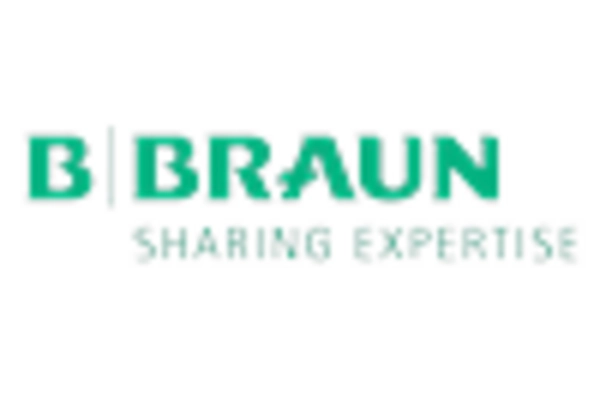Market Trends
Key Emerging Trends in the Asia-Pacific Interventional Cardiology Market
More and more people in the Asia-Pacific region are having heart issues. The market for invasive cardiology is growing very quickly because of this. Interventional cardiology is getting increasingly common as heart disease rates rise. Lack of exercise, bad diet, and aging are contributing to this surge in instances. Interventional cardiac therapies now have more advanced instruments. Medicine is increasingly using bioresorbable, drug-eluting, and minimally invasive stents. Complex and less intrusive methods improve patient outcomes. It boosts the market. Health care costs will rise with Asia-Pacific corporations. Heart centers and other healthcare facilities get a lot of governmental and private funding. There is more money going into the invasive heart business, which helps it grow. The market is growing because more people know how important it is to have a healthy heart and because exercise programs work well. Interventional cardiology treatments are becoming more popular because governments, non-profits, and health care workers are running programs to teach people how to avoid heart problems and how important it is to move quickly. Health care services are being tried to reach rural places in order to help the market grow. At the same time that work is being done to make invasive heart treatments available in farther away places, differences in the availability of health care are being narrowed. More people are likely to want invasive heart tools and treatments because of this growth and spread into rural places. As study centers, healthcare workers, and companies that make medical devices work together more, the market for these devices grows and new ideas are born. Asia-Pacific healthcare needs cutting-edge technology and savvy connections to tackle its difficulties. Asia-Pacific nations are implementing several non-communicable disease policies and initiatives, focusing on heart health. By screening, raising awareness, and financing health care, the invasive cardiology industry has grown well. More consumers seek affordable, high-quality medical care. Healthcare seekers are increasingly choosing Asia-Pacific. The market is growing even faster because invasive heart projects are being done on people from other countries in places like India, Singapore, and Thailand. Even though the rules for compensation have been made better, some people still have to pay more for therapeutic heart treatments because of problems with the rules. To keep the market growing and make sure that everyone has the same chance to get improved heart care, it is very important to fix these problems with pay. The work that is being done now will shape the future of invasive cardiology in the Asia-Pacific area. The market is getting ready for more changes as people look for new tools, better ways to do things, and more personalized ways to help patients. This makes me think of new ideas.

















Leave a Comment